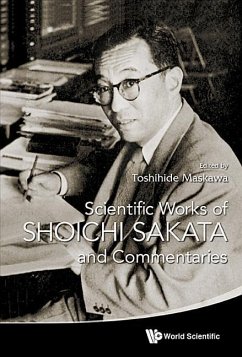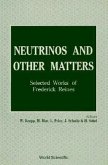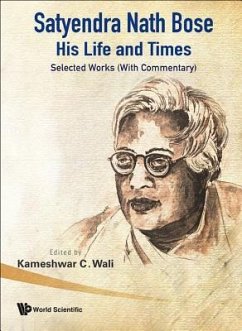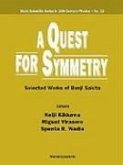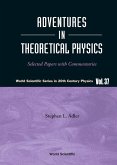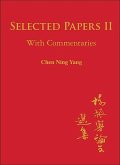S Sakata (1911 1970) was an outstanding leader of Japanese physicists and produced many important papers on science as well as its methodology. He developed the meson theory with H Yukawa and obtained his PhD in 1941. In 1942 he proposed the "Two-Meson Theory" with T Inoue and was appointed to a professorship in Nagoya University, where he stayed for the rest of his career. In 1955 he proposed a composite model for hadrons (the Sakata model) that became the inspiration for the later Cabibbo Kobayashi Maskawa matrix of 1973, which led to the Nobel Prize in Physics for T Maskawa and M Kobayashi. In 1962, he proposed the Maki Nakagawa Sakata matrix with Z Maki and M Nakagawa. This theory was important in understanding the phenomenon of neutrino mixing and was established experimentally in 1998 at the Takayama conference. In commemoration of Professor Sakata's work, Nobel laureate T Maskawa and a scientific committee from the Kobayashi-Maskawa Institute and Department of Physics of Nagoya University put together this volume that consists of a selection of Sakata's scientific papers, as well as some important scientific papers influenced by him, including the Kobayashi Maskawa paper.
Hinweis: Dieser Artikel kann nur an eine deutsche Lieferadresse ausgeliefert werden.
Hinweis: Dieser Artikel kann nur an eine deutsche Lieferadresse ausgeliefert werden.
